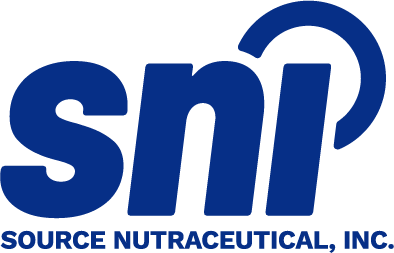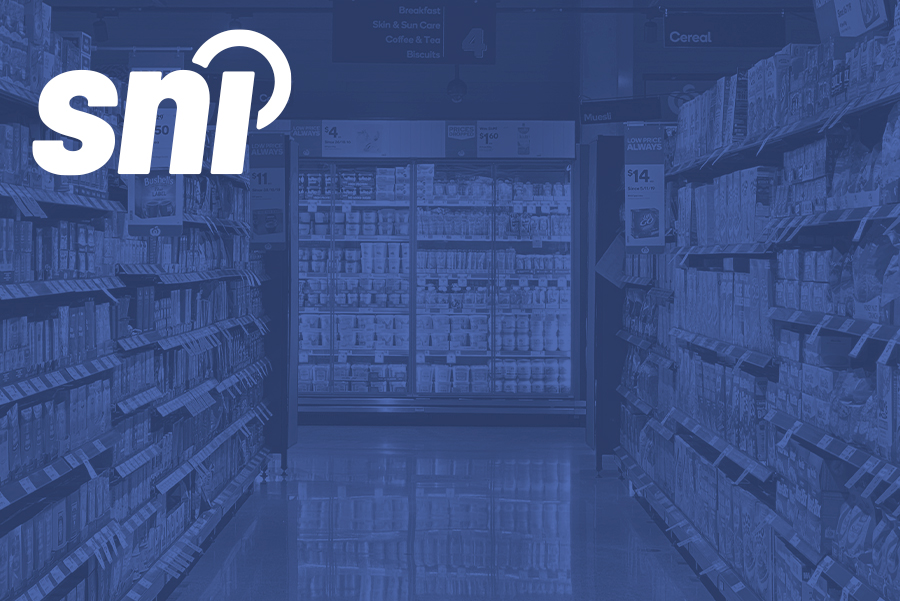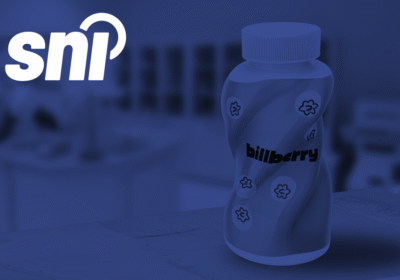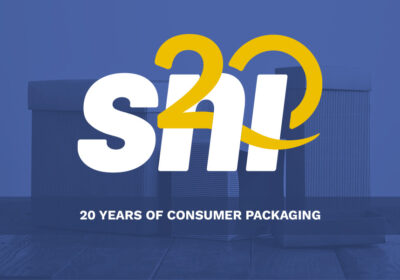If you’re a food brand or manufacturer, you have likely heard about the Canadian Food Inspection Agency (CFIA)’s announcement back in 2016 that new food labelling regulations were coming into force.
Brief Background on the New Food Labelling Regulations
When originally announced in 2016, multiple years were given as a transition period (including a “bonus” extra year due to challenges in the past couple years – the grace period was supposed to end in December 2021). Since the requirements would affect product packaging and NFT (Nutrition Facts Table) design, this timeframe allowed companies to use up old packaging they had already invested in and give time to comply fully.
Now, the final deadline to comply is just a month away -
December 15, 2022, to be exact.
As of this date, the CFIA will be verifying compliance with the new food labelling regulations. Which means that non-compliant products could be subject to enforcement by CFIA.
Who is affected by this upcoming deadline?
All foods subject to labelling requirements under the Food and Drug Regulations, including prepackaged foods.
What changes are required?
The mandatory food label changes can be grouped into 6 main categories.
We outline each below, along with the specific requirements.
1. Nutrition Facts table
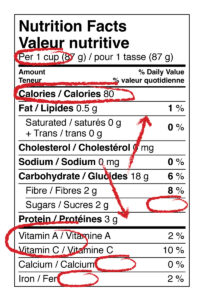
Changes to the NFT are described in more detail in the following sections, but pertain to:
- Serving size and calorie display
- Revised % DV
- New % DV for sugars
- Updated nutrients list to add potassium
- Adding amounts in mg of potassium, calcium, and iron
- Adding a footnote to explain the % DV – what is a little, and what is a lot
Read the next sections for the full information.
2. Serving size
Serving sizes will need to be more consistent across similar foods, and the requirements are different for single-serving and multiple-serving prepackaged foods.
For single-serving prepackaged foods containing up to 200% of the reference amount, the serving size will be the amount in the whole container.
For multiple-serving prepackaged foods, serving sizes will be in an amount as close as possible to the food’s reference amount. It applies to foods that can be measured, that come in pieces or are divided, and those typically eaten in one occasion.
3. Information on sugars
Sugars labelling will change on both the NFT and in the ingredients list (see List of Ingredients - #5 below for more detail on the ingredient listing).
Sugars can include:
![]()
- White sugar, beet sugar, raw sugar or brown sugar
- agave syrup, honey, maple syrup, barley malt extract or fancy molasses
- Fructose, glucose, glucose-fructose (also known as high fructose corn syrup), maltose, sucrose or dextrose
- Fruit juice concentrates and purée concentrates that are added to replace sugars in foods
In the NFT, a % daily value has been included for sugars (the daily value is 100 g). It helps identify sugary foods that should be limited, i.e., %15 DV or more.
4. Information on sweeteners
The changes pertain to foods containing these high-intensity approved sweeteners:
NEOTAME • SUCRALOSE • ASPARTAME • ACESULFAME-POTASSIUM
They don’t have to be listed on the front of the package anymore, and the amount in mg will no longer appear in the ingredients list.
5. List of ingredients
Changes to the ingredients list include:
- Grouping sugars-based ingredients in brackets after the name “sugars”
- Listing food colours by individual common names
- Making text in black font on white or neutral background
- Minimum type height requirements
- Allowing bullets or commons to separate ingredients
- Using both upper and lower case letters
6. Front-of-package nutrition labelling
We detailed the requirements for the new front-of-package (FOP) nutrition labelling in a recent blog post, How to Comply with New Front-of-Package Nutrition Label Requirements for Foods in Canada.
This new symbol will be required to be displayed on the top half of the front panel of certain food packages.
It includes a “High in” statement for specific levels (specifically, that meet or exceed a specified % DV of) sodium, sugars, and saturated fat.
- Grouping sugars-based ingredients in brackets after the name “sugars”
- Listing food colours by individual common names
- Making text in black font on white or neutral background
- Minimum type height requirements
- Allowing bullets or commons to separate ingredients
- Using both upper and lower case letters
What will happen if I can’t comply by December 15, 2022?
CFIA inspects products on the shelf regularly. Non-compliant products could face fines or recalls, even due to unintentional errors (for example, erroneously missing or non-compliant nutrition information, not following the exact NFT specifications and design, etc.).
Non-compliance is a risk to brand integrity and trust since consumers can know when a recall or other enforcement action occurs. It can signal that brands don’t care or aren’t concerned with transparent, proper food labelling for their customers.
How can I comply quickly so as not to risk my brand reputation?
If you need help with updating your labels, including packaging design, NFT updates for the new formatting, or a compliance review to outline what changes your products would be subject to (and how to implement them), our experienced regulatory affairs team can help!
At SNI, we specialize in both regulatory consulting and creative services, including food label design and packaging compliance.
Rest assured you can remain compliant in face of these new changes and keep your brand trusted and on the shelves.
Rest assured you can remain compliant in face of these new changes and keep your brand trusted and on the shelves.
